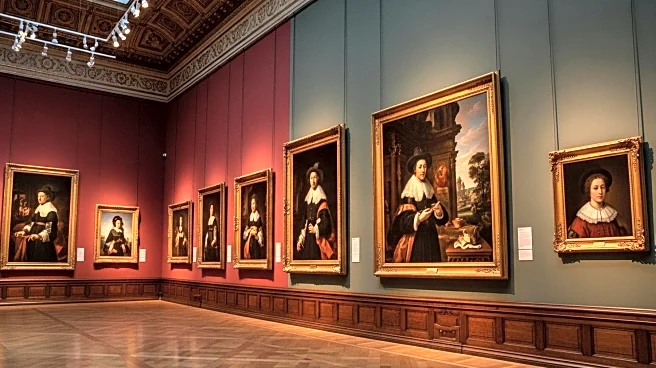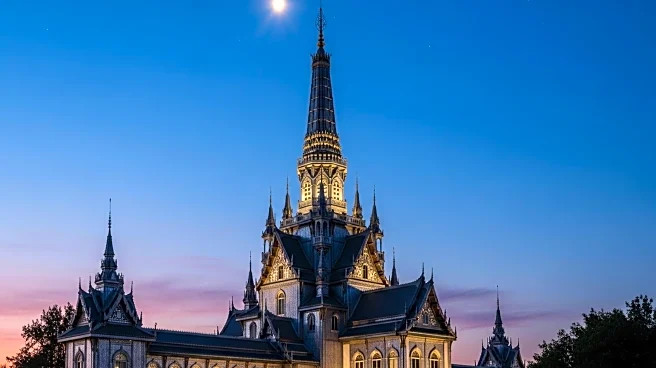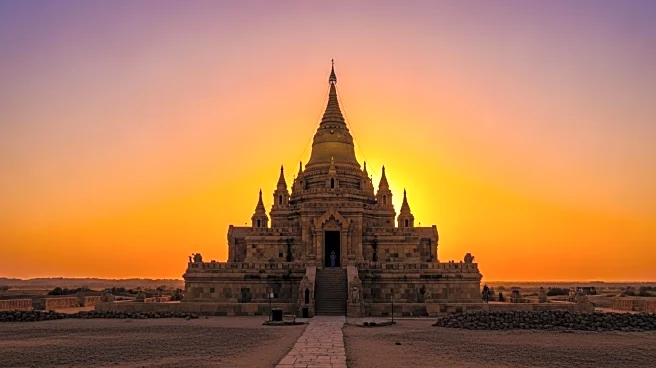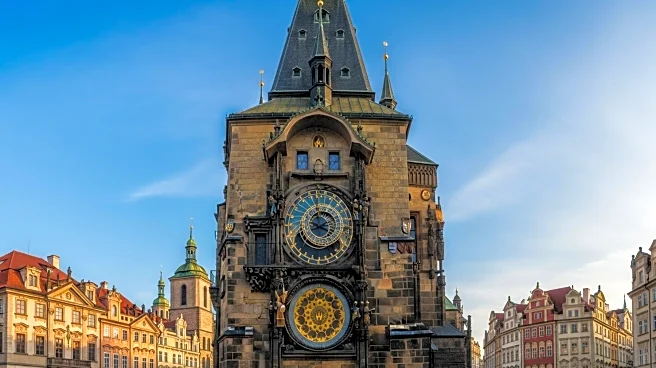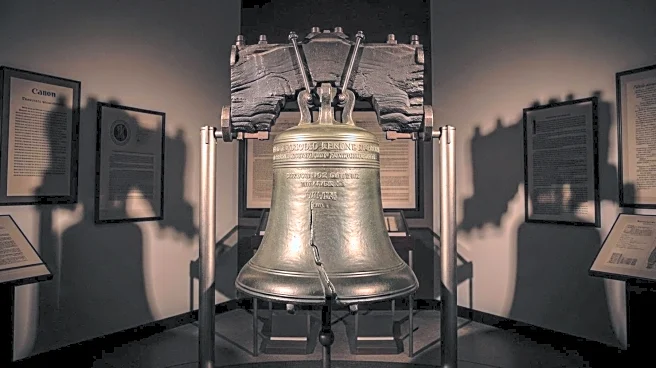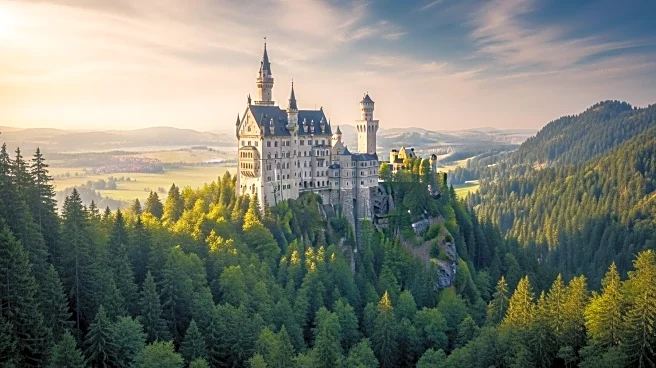What's Happening?
Florence is hosting a comprehensive exhibition of Fra Angelico's works, featuring over 140 pieces across two venues: the Museo di San Marco and the Palazzo Strozzi. This exhibition marks a significant effort to reunite dispersed altarpieces and panels, showcasing Fra Angelico's transition from late Gothic to early Renaissance art. The exhibition includes reconstructed altarpieces, with panels gathered from various European and American museums. The show highlights Fra Angelico's use of linear perspective and dynamic light depiction, positioning him as a pivotal figure in Renaissance art. The exhibition also features works by Fra Angelico's influences, such as Lorenzo Ghiberti and Lorenzo Monaco.
Why It's Important?
The exhibition offers a rare opportunity to view Fra Angelico's works in a comprehensive context, providing insights into his artistic evolution and influence on Renaissance art. It underscores the importance of collaborative efforts in art conservation and scholarship, as curators have pieced together scattered works to present a cohesive narrative. This exhibition not only celebrates Fra Angelico's contributions but also enhances Florence's status as a cultural hub for Renaissance art, attracting scholars, art enthusiasts, and tourists.
What's Next?
The exhibition is expected to draw significant attention from the art community, potentially leading to further research and publications on Fra Angelico's work. It may inspire similar efforts to reunite other dispersed artworks, fostering international collaboration among museums. The success of this exhibition could encourage more comprehensive surveys of other Renaissance artists, contributing to a deeper understanding of the period.
Beyond the Headlines
The exhibition raises questions about the historical dispersal of artworks and the impact of political events on cultural heritage. It highlights the role of art exhibitions in preserving and promoting cultural identity, as well as the ethical considerations in reconstructing historical pieces. The exhibition also reflects the evolving narrative of art history, as new scholarship continues to reshape our understanding of past artists.

